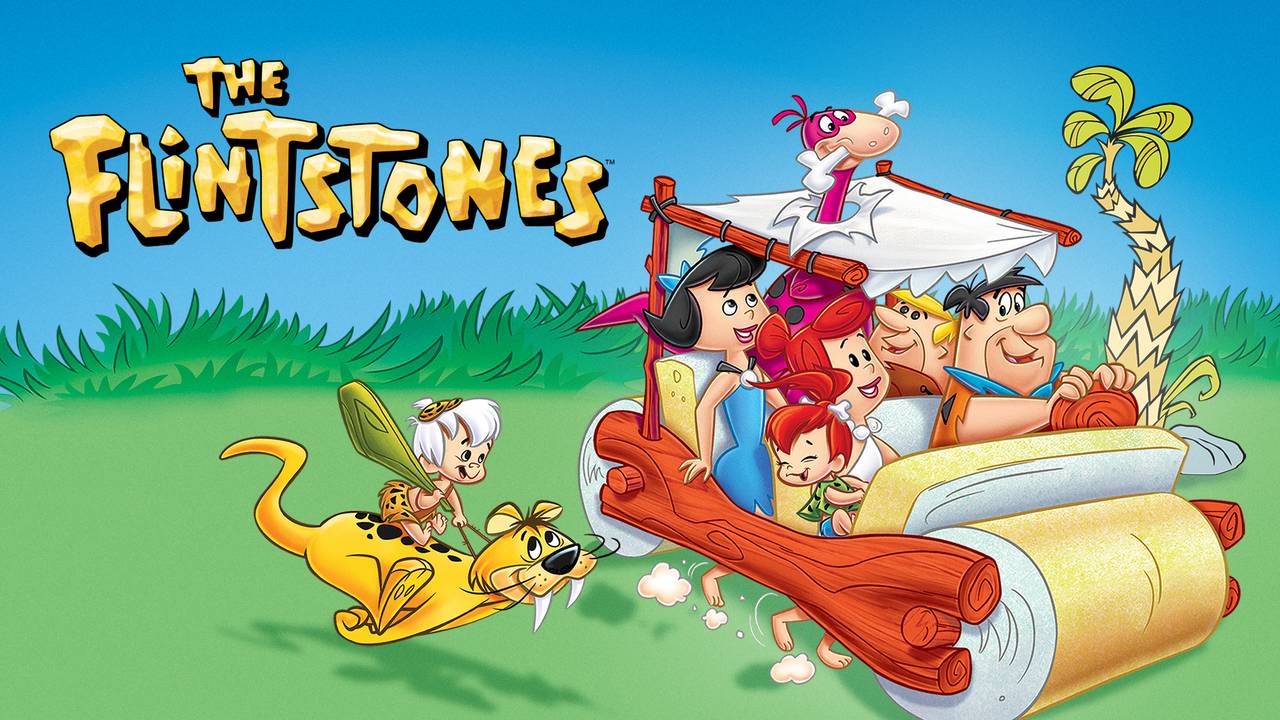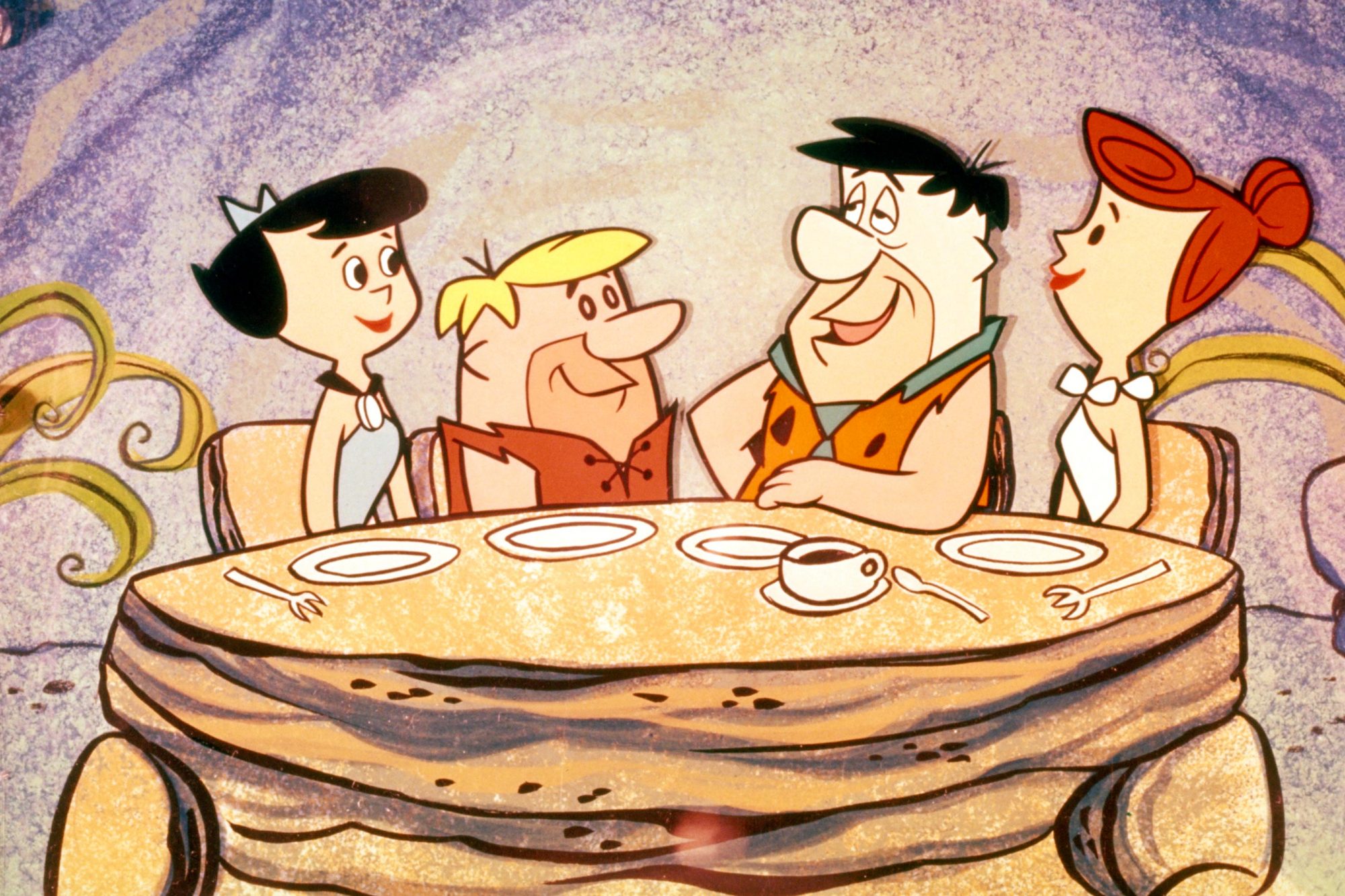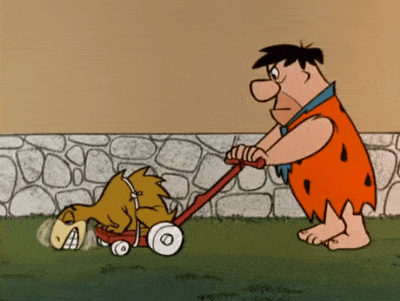In the history of sitcoms, Hanna-Barbera’s The Flintstones stands as not only a landmark in the medium, what with it being the first prime-time animated program and all, but it was also the most financially successful and longest-running network animated television series for three decades, that is until The Simpson came along and took that title, and it was more proof that cartoons weren’t just for kids.
Prior to The Flintstones William Hanna and Joseph Barbera had mostly been known for their Tom & Jerry Academy Award-winning theatrical shorts but their early morning kids programming, which starred the likes of Huckleberry Hound and Quick Draw McGraw, had resulted in the studio quickly being labelled as “kids only” and to fight this stigma these two animation legends decided to create a series that would depict a "modern stone-age family" in the hopes of recapturing the adult audience. Now, for those too young to remember but at this point in time one of the most popular television programs on television The Honeymooners with Jackie Gleason and Art Carney and the comedic dynamic of that show was clearly the bedrock of The Flintstones, and though Joseph Barbera claims that this comparison was never a part of the pitch in selling this show, any fan familiar with both of these shows cannot deny the blatant similarities.
Note: Jackie Gleason, the creator of The Honeymooners, considered suing Hanna-Barbera Productions but decided that he did not want to be known as "The guy who yanked Fred Flintstone off the air.”
The genius of The Flintstones is in the very juxtaposition of its premise as the idea of "modern stone-age family" is a clever oxymoron as the show depicts a stone-age society but with the technology of mid-20th-century suburban America only with a stone-age twist that gives the show much of its humour while also providing a fresh take on many of tropes found in 1950s sitcoms. With each episode, we would get a plot that would closely resemble those seen in a typical episode of The Honeymooners or I Love Lucy, often with Fred Flintstone (Alan Reed) and Barney Rubble (Mel Blanc) getting into some form of mischief while trying to keep their actions secret from the wives Wilma (Jean Vander Pyl) and Betty (Bea Benaderet) and usually failing miserably.
This show could be considered to take place in an "alternate world" as it has very little to do with actual pre-history as not only do we see cavemen with modern appliances – even though some appliances are in the form of animals filling if for things like lawnmowers and dishwashers but we also see television sets and phones that are not depicted through animal substitution – but we also find that here a world where cavemen live side-by-side with dinosaurs even though at least 65 million years separated man from the dinosaur.
Note: These animal appliances often punctuated the gag by breaking the fourth wall and stating “It’s a living” which implies that cavemen have enslaved intelligent and sentient life to work as can openers and the like.
Stray Observations:
• It is never explained why Fred, Betty, Pebbles, Bam Bam and others have eyes with whites and irises while Barney's eyes are circular and Wilma's and others are just black dots. Could this be a case of Neanderthal genes versus Cro-Magnon genes?
• During the opening and closing credits we see that the family has a sabre-tooth tiger pet but he was hardly ever shown in any of the episodes, which begs the question “Were William Hanna and Joe Barbera cat haters?”
• In “The Snorkasaurus Hunter” we get an origin story for the Flintstones’ pet Dino, but in this episode, Dino is portrayed as an eloquent talker, sounding a lot like Phil Silvers, but for the rest of the series he only "barked" and never spoke again. Did he suffer some kind of brain injury once he took up living in the Flintstone?
• The season five episode “Christmas Flintstone” is weirdly anachronistic, even for this show, as the time period of the show pre-dates Christ by at least a few centuries.
• We get some pretty dark jokes like Fred suggesting to the paperboy that he play Russian roulette after beating Fred at Scrabble, which is not something you'd expect to see in any other sitcom at the time.
• Fred’s car is quite the magical vehicle as it’s apparently foot-powered but then they often stop for gas, which is strange considering there is no engine, and periodically we see it with a back seat so it can sit the who family when normally it's a two-seat coup.
James Bond never had a car so wonderful.
When looking back at The Flintstones some of the societal viewers will now seem rather problematic as the male and female dynamic was clearly a snapshot of how such relationships were viewed at the time, with Fred being the breadwinner while Wilma was a housewife with a shopping addiction, but what makes even these cliched elements palatable was the love between these two characters which raises this series above any of the other Hanna-Barbera shows that had come before and since, and sure, this series also depicted harmful racial and ethnic stereotypes that "were wrong then and are wrong now" but the minuses are definitely outweighed by the plusses as not only did this show have some truly great comedic moments, in a rather ingenious setting, but is also often quite sweet and heartwarming. The Flintstones was an animated series that ran for years with its success spinning off shows, direct-to-video movies and even a pair of live-action versions – the less said about those the better – and it will forever hold a top spot in the history of the sitcom, animated or otherwise.





No comments:
Post a Comment